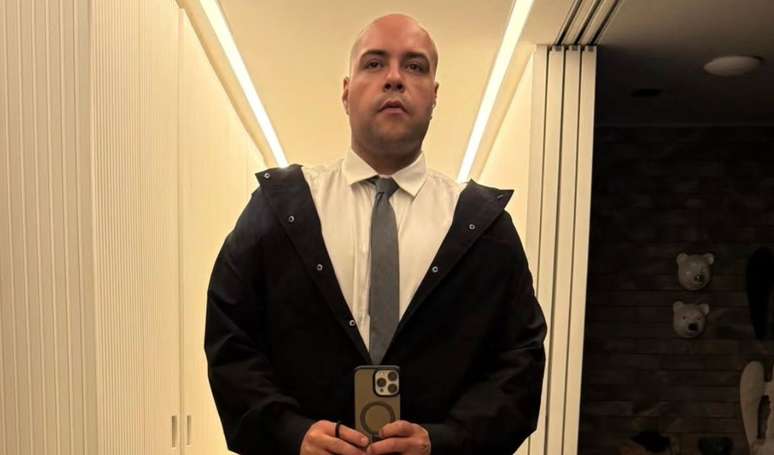Involuntary eyelid movements, known as “eye twitches only,” are usually benign and temporary. Eyelid myokymia is usually related to stress, fatigue, and excessive caffeine consumption, which goes away without the need for treatment. In persistent cases or with other symptoms, it may indicate ocular or neurological disorders and require specialized investigations
Involuntary eyelid movements, popularly called “just eye twitches,” are common and, in most cases, do not pose a health risk. The phenomenon, known as eyelid myokymia (benign eyelid tremor), tends to be temporary and is associated with factors such as stress, fatigue, sleep deprivation and excessive caffeine consumption, as the ophthalmologist explains Doctor Mateus Martins Cortez Vilarfrom Vilar Hospital of Olhosan institution that integrates the Vision One network.
“Eyelid myokymia is a mild, involuntary spasm of the orbicularis muscle, responsible for closing the eyelids. It is generally imperceptible to other people, does not cause pain or affect vision, and tends to disappear within days to a few weeks,” says the doctor.
Despite the discomfort, the condition rarely requires drug treatment. In many cases, behavioral adjustments are sufficient. “I treated a young patient with persistent myokymia of the lower eyelid. She slept little, consumed a lot of caffeine and spent hours on the computer. We advised her to reduce coffee, take periodic visual breaks and give priority to sleep. Within a week, the symptom disappeared”, reports the Doctor Matteo.
The doctor notes, however, that in some cases the tremor of the eyelids can be aggravated eye conditionsPleases dry eyeblepharitis e uveitis. In rarer cases, when the movement reaches the eyeball or spreads to other areas of the face, the recommendation is to investigate the possibility of neurological disorders, such as nystagmus or hemifacial spasm. “Nystagmus, for example, manifests itself with rhythmic, involuntary eye movements and requires joint evaluation with a neurologist,” he points out.
Even ocular twitching alone can be a sign of blepharospasm and hemifacial spasm.
Differentiating myokymia from other conditions is essential to avoid misdiagnosis. “Blepharospasm is a dystonia that causes intense and bilateral contractions in the eyes, which can also lead to so-called functional blindness, when the person is unable to keep them open. Hemifacial spasm usually begins around the eyes, extends to half of the face and can persist during sleep, unlike myokymia, which tends to cease in this period”, explains the ophthalmologist.
In some cases, eyelid tremor may be accompanied by warning signs, such as redness, Painsecretion, drooping of the eyelids (ptosis), double visiondizziness or muscle weakness. «In these cases the investigation must be broadened. If the spasm lasts for weeks without interruption, or if other parts of the face are involved, it is important request an ophthalmological evaluation and, in some cases, neurological,” concludes Dr. Mateus.
Website: https://visionone.com.br/
Source: Terra
Rose James is a Gossipify movie and series reviewer known for her in-depth analysis and unique perspective on the latest releases. With a background in film studies, she provides engaging and informative reviews, and keeps readers up to date with industry trends and emerging talents.


![New York Special: Why You Won’t See It Anymore [Spoiler] in the series? New York Special: Why You Won’t See It Anymore [Spoiler] in the series?](https://fr.web.img6.acsta.net/img/fc/a2/fca242c7befc75467758596593c0656d.jpg)




